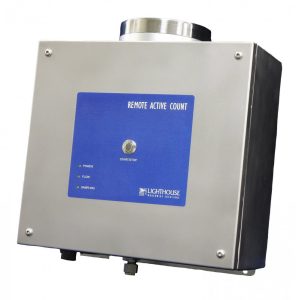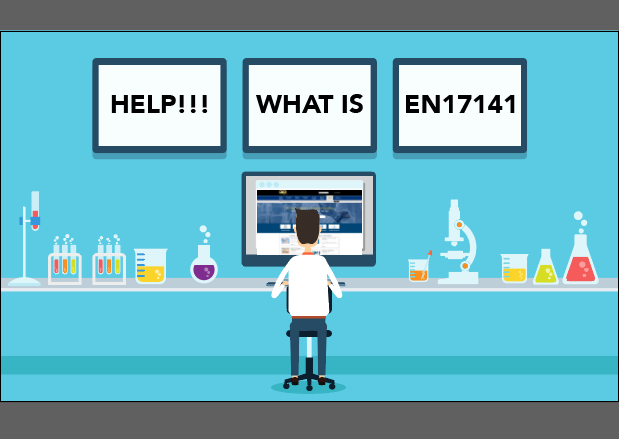Real Time Monitoring Systems (RTMS) in Cleanrooms are a necessity for the monitoring and contamination control in many applications.
 |
From Semiconductor to Pharmaceutical products RTMS provide real time data records and notifications of any environmental out of tolerance conditions. With such a wide manufacturing cleanroom industry to serve it is important to understand the fundamentals of a RTMS.
A RTMS records data in real time from multiple types of sensors. Particle Counters, Temperature, humidity, room pressures, air velocities, air samplers, door switches, gas sensors, motion detectors, are examples of sensors that are typically used in RTMS. |
The starting point for any RTMS is a Risk Assessment. The risk assessment will provide an overview of the manufacturing process and the cleanroom environment and subject matter experts either inhouse or consultants or a combination of both should form a RTMS Project Group and carefully evaluate the cleanroom facility and processes. The aim of the Risk Assessment is to seek out the weakest links in the cleanroom environment and the process.
Contact Gera Vietnam today to discover how we can assist in implementing a tailored solution that meets your specific needs. Let’s ensure your cleanroom not only meets but exceeds industry requirements for cleanliness and efficiency. Reach out now for expert guidance and support every step of the way.
How to develop a Risk Assessment
A Risk Assessment is the first step in implementing a RTMS. A project group should be put together with subject matter experts and all facility stakeholders represented across multi department managers. Outside consultants should be used when inhouse expertise is missing. The goal of the Risk Assessment is to look at the manufacturing process and see weak links and then document solutions to mitigate from product contamination.
How to perform a OQ
Operational Qualification (OQ) is the process of verifying that a system operates according to its design specifications and intended use within specified limits. This involves a series of tests to confirm that all parts of the system function correctly under stated conditions. Typically, OQ tests include checking the system’s software, hardware, and operational procedures to ensure they meet all regulatory and technical requirements. For a comprehensive understanding of conducting an OQ
How to perform a PQ
Performing a Performance Qualification (PQ) involves testing the system in its actual operational environment to ensure it performs as expected under real-world conditions. This step is crucial after Operational Qualification (OQ) and involves detailed testing of the system’s performance, including its ability to function according to the predefined criteria and specifications under variable conditions. It typically includes real use scenarios to validate the overall reliability and readiness of the system, focusing on its error response mechanisms and operational effectiveness. For a detailed guide on performing a PQ, Contact us.
























